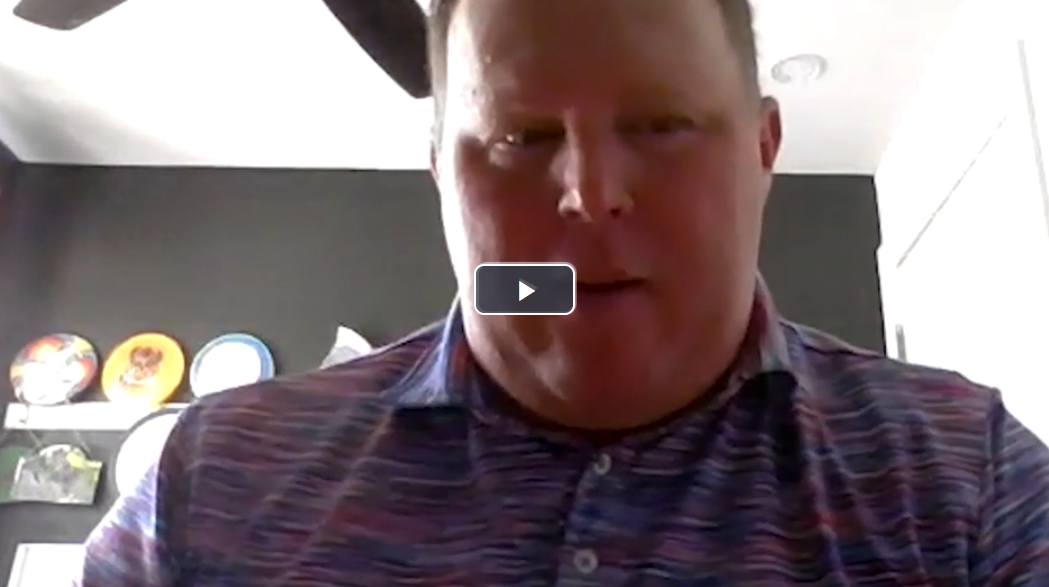
When a customer calls because they’ve seen a cockroach or two in their home, that’s a fairly easy fix. But a full-blown infestation is quite another matter. Once these pests start proliferating, taking control can be a challenge. When PCT asked PMPs if, and how, their treatment protocol is different when the infestation is heavy, 90 percent said that they do change their approach in the case of large populations, in these ways:
- 61 percent said, “We use multiple product types or formulations.”
- 26 percent said, “We use higher- labeled rates and multiple product types.”
- 4 percent said, “We use we use higher-labeled rates.”
Ryan Anderson of Anderson’s Pest Control in Sioux Falls, S.D., shared specifics on how his team approaches large populations of German cockroaches. “We start with a flushing treatment, hitting every crack and crevice, as well as under countertops and appliances, around plumbing — anywhere that may be providing harborage. It’s a thorough process that reduces the population by about 90 percent on day one. Then we place glueboards to monitor activity. We come back for the second round with dry baits and gel baits, and a spray pesticide with an IGR mixed in to control reproduction.”

Anderson is among the 83 percent of PMPs who believe glueboards are very or somewhat important to cockroach management. His team places a lot of them — as many as 25 at a time in a typical kitchen. “We put one in every cupboard and place them in all the other hotspots: toe kicks, under the stove and dishwasher, behind the microwave and coffee machine — you name it. We want to know where the cockroaches are, and glueboards can tell us that. When we see [immatures], for example, we know we’re close to a harborage point. That knowledge can be very helpful, given how tough these pests are to get rid of.”
Anderson’s team averages three to five treatments for heavy infestations. They don’t stop until every glue trap is clean.
PERIDOMESTIC PROTOCOLS. Of course, peridomestic cockroaches require a different treatment approach than German cockroaches, since they live outdoors. The goal with American, oriental, smoky brown, Australian, wood and other peridomestic cockroaches is to stop them from getting into homes and businesses.
Denise Trad-Wartan of Trad’s Pest Control in Jacksonville, Fla., explained how her team approaches peridomestic pests. “When we inspect, we look for conducive conditions — high mulch piles, leaf litter, full gutters and utility penetration (if a water line isn’t sealed up, for example, the cockroaches will follow that line to gain entry into the house). They love nesting in the palm trees here as well, so we look to see how close the fronds are to the home. We have to get buy-in on the part of the homeowner to help with these issues. If we go to a house and there are knee-high piles of oak leaves, we’re not just going to keep spraying because it’s not going to help. The customer needs to do their part.”

Trad-Wartan added that the Trad’s team uses a combination of liquid and granular pesticides for perimeter treatments to manage peridomestic populations.
PRODUCT STRATEGIES. When asked, “What is your location's typical cockroach control protocol?” the majority of pest management professionals (88 percent) reported that they use a combination of sprayable pesticides and gel baits. Just 5 percent responded gel baits alone and 4 percent answered sprayable insecticides alone.
Overall, 88 percent of pest management firms use some type of pesticide application(s) and 44 percent use cockroach baits. Nearly all (93 percent) use bait rotation as a strategy to prevent or minimize resistance. Sixty percent of PMPs say cockroach resistance a concern in their market area.

Syngenta's Tim Husen Reviews Cockroach Management, Products in Latest Market Report Video
Additional digital coverage includes a video interview with Syngenta’s Tim Husen, who discusses resistance, treatment hot spots, integrated cockroach management and more.

Explore the July 2024 Issue
Check out more from this issue and find your next story to read.